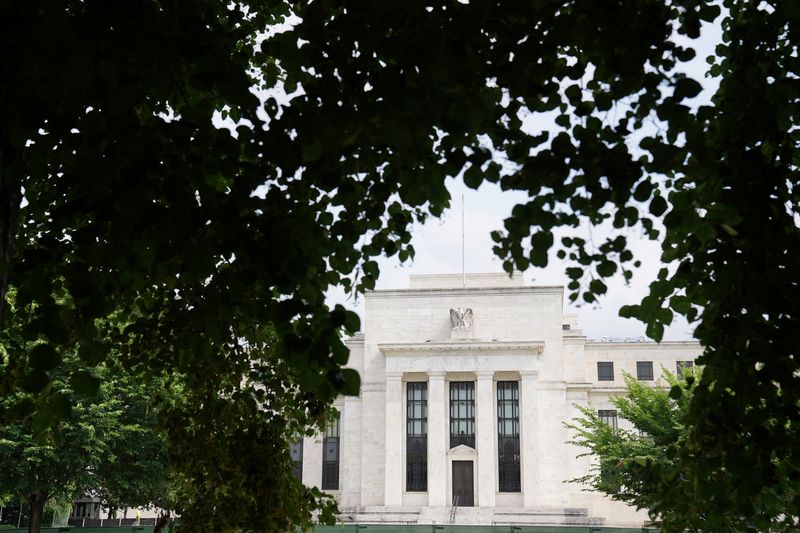Fubotv earnings beat by $0.10, revenue topped estimates
Investing.com -- The 10-Year Treasury yield fell for a second week in a row on Friday, prompting some on Wall Street to bet on a potential slip below 4% by the end of the summer as the Federal Reserve closes in on its first rate cut.
"The 10-year Treasury yield seems to be in a downward channel, which is below 4% by the end of August," Evercore ISI said in Friday note, citing its tactical rate index, which suggests the 10-year yield should fall until at least the beginning of September.
The yields on the 10-year Treasury note has been broken below the band it traded since early May of around 4.25%, Evercore ISI says, pressured by recent economic data including the mixed jobs report for June, and a "surprisingly soft CPI release."
The data and recent remarks from Fed chairman Jerome Powell earlier this week have strengthened expectations for a September rate cut.
"The front end of the curve has deteriorated as the first Fed easing is still a couple of months away while the 2-year is pricing in four eases over the next year," Evercore ISI added.
Still, despite this disinflation trend, others speculate whether the U.S. Treasury yields could rise again, albeit temporarily, driven by political winds of change.
As a second Trump administration is expected to boost inflation and increase the deficit by more than a second Biden administration would, Macquarie believes, events that cause Trump "to get the upper hand in the election, could make yields rise again, temporarily."
"A messy Democratic nomination process in early August could be such an event," Macquarie added, just as calls for the President Biden to step down from the race grow louder.
A swath of Democrats have suggested there could be further calls for Biden to withdraw from the presidential race at the end of the NATO summit in Washington, D.C., this week.
In the event that Biden steps down before the Democratic convention in August, however, a smooth transition to appoint a new Democratic candidate for President is unlikely to be smooth.
The call on yields to rise in tandem with Trump's progress toward a second term isn't without merit. Following the aftermath of the Jun. 27 presidential debate, in which Trump was widely believed to have scored a major victory against Biden, Treasury yields rose.
"Episodes like this can happen again between now and the election in November, whenever Trump is seen to gain the upper hand in the final election outcome," Macquarie added.
